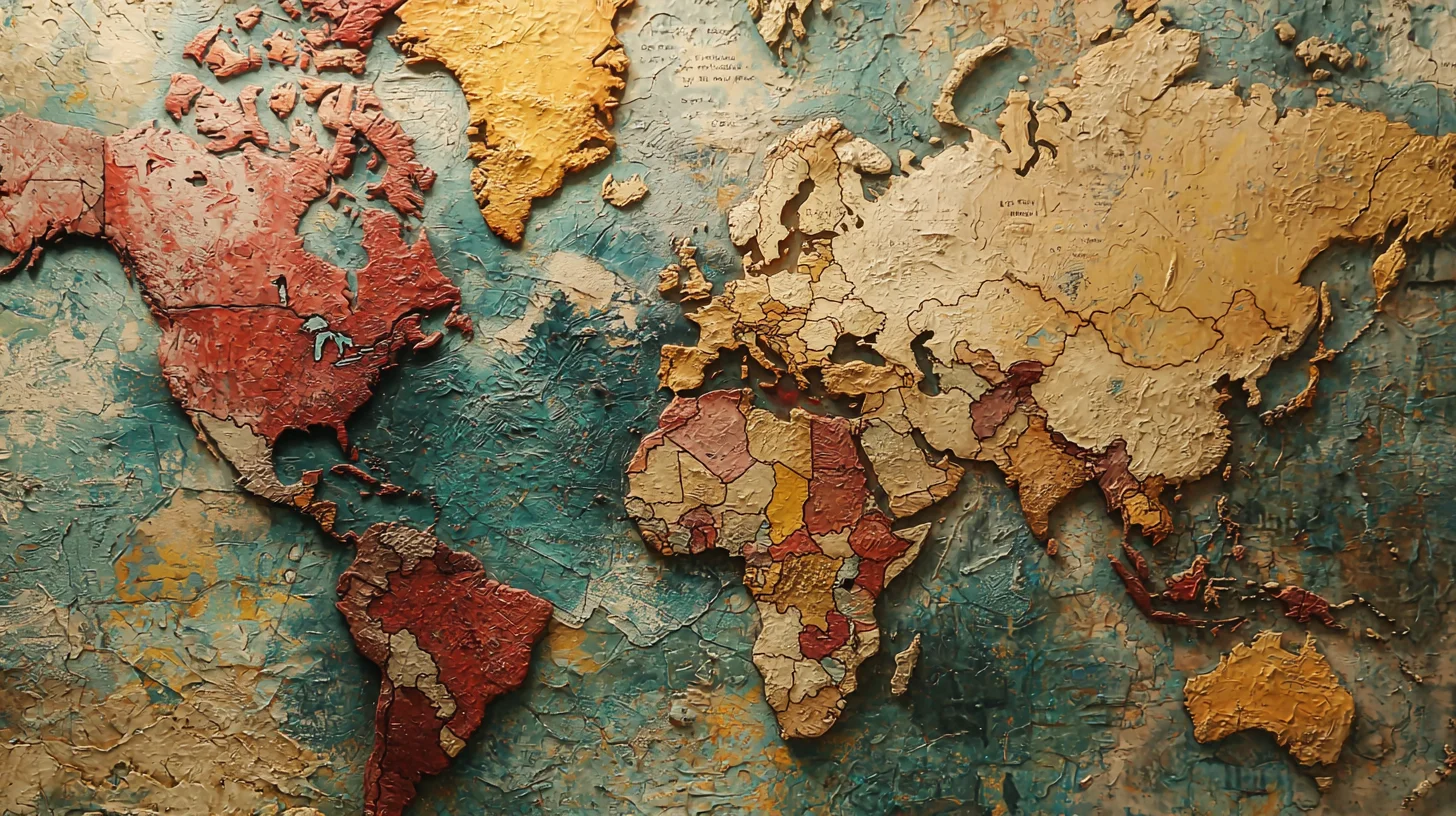08 March 2024
The Secret Behind Japan's Earthquake-Resistant Buildings Unveiled.

Press the play button in the top right corner to listen to the article
In the realm of architectural marvels, Japan stands out for its innovative approach to earthquake-resistant design. This resilience is not just a matter of national pride but a necessity, given the country's location along the Pacific Ring of Fire. The secret behind Japan's success in this area lies in a combination of ancient wisdom and cutting-edge technology, a synergy that has saved countless lives and protected infrastructure against some of the most devastating earthquakes in history.
The cornerstone of Japanese seismic design philosophy is flexibility rather than rigidity. Traditional techniques, such as the use of wooden frames that can sway without breaking, have evolved into modern engineering practices that allow buildings to absorb and dissipate the energy of an earthquake. One of the most revolutionary developments in this field is the implementation of base isolation systems. These systems involve placing a building on isolators, typically made of rubber and steel, which can absorb seismic waves, significantly reducing the amount of movement transferred to the structure above.
Another key element is the use of damper systems, which work to absorb the kinetic energy of a building, slowing down oscillations and minimizing the risk of collapse. These dampers can be as simple as weighted pendulums or as complex as hydraulic systems integrated into the building's structure.
The Japanese approach also extends to meticulous urban planning and building codes that enforce stringent construction standards. After the 1995 Kobe earthquake, Japan revised its building codes to require that all new constructions be capable of withstanding more severe seismic activity. This continuous refinement of standards and practices is a testament to Japan's commitment to safety and innovation.
Delving deeper into Japan's earthquake-resistant construction, it becomes clear that the nation's approach is not only about surviving earthquakes but also about thriving in their aftermath. The integration of smart technology and disaster preparedness into building designs is a critical aspect of this resilience. For instance, many structures in Japan are equipped with seismic monitoring systems that automatically activate safety measures, such as shutting down elevators and gas lines, the moment an earthquake is detected. This immediate response drastically reduces the risk of secondary disasters, such as fires or gas leaks.
Moreover, Japan's commitment to earthquake resistance extends beyond commercial and residential buildings. Critical infrastructure, including bridges, highways, and nuclear power plants, is also designed with the same principles in mind. The application of seismic isolation techniques and flexible materials ensures that these essential services remain operational during and after a seismic event, significantly aiding recovery efforts.
Cultural practices also play a significant role in Japan's earthquake readiness. From a young age, citizens are educated about earthquake safety through drills and public awareness campaigns. This widespread societal preparedness is complemented by innovations such as earthquake early warning systems, which can provide seconds to minutes of advance notice before shaking starts, allowing people to take cover and halt dangerous activities.
The secret behind Japan's advanced earthquake-resistant buildings lies not only in their engineering and construction but in a holistic approach that combines technology, legislation, and community awareness. As a result, Japan serves as a global model for earthquake preparedness and resilience, offering valuable lessons for countries situated in similarly vulnerable regions.
The content, including articles, medical topics, and photographs, has been created exclusively using artificial intelligence (AI). While efforts are made for accuracy and relevance, we do not guarantee the completeness, timeliness, or validity of the content and assume no responsibility for any inaccuracies or omissions. Use of the content is at the user's own risk and is intended exclusively for informational purposes.
#botnews















































































